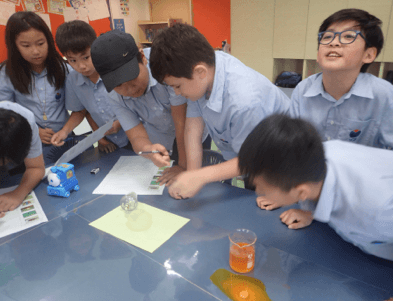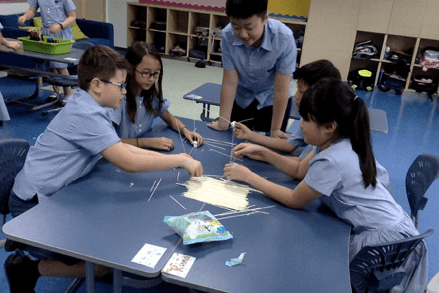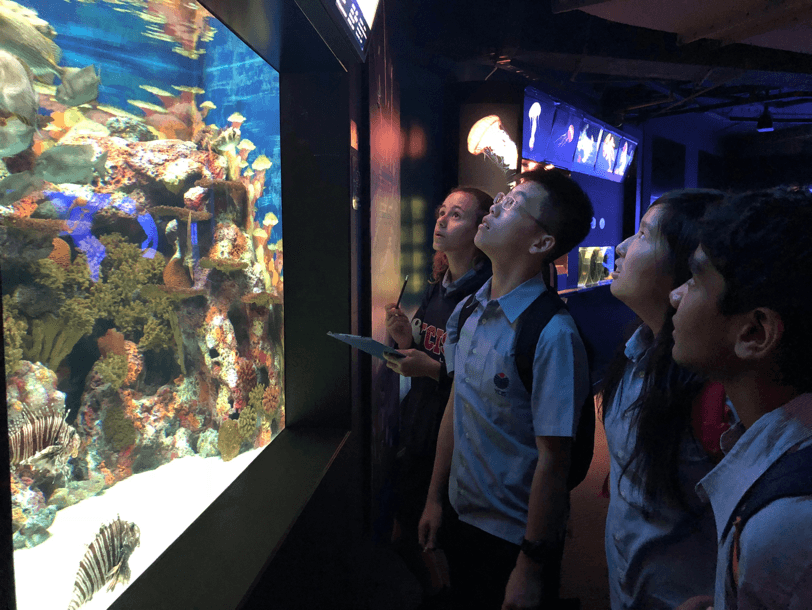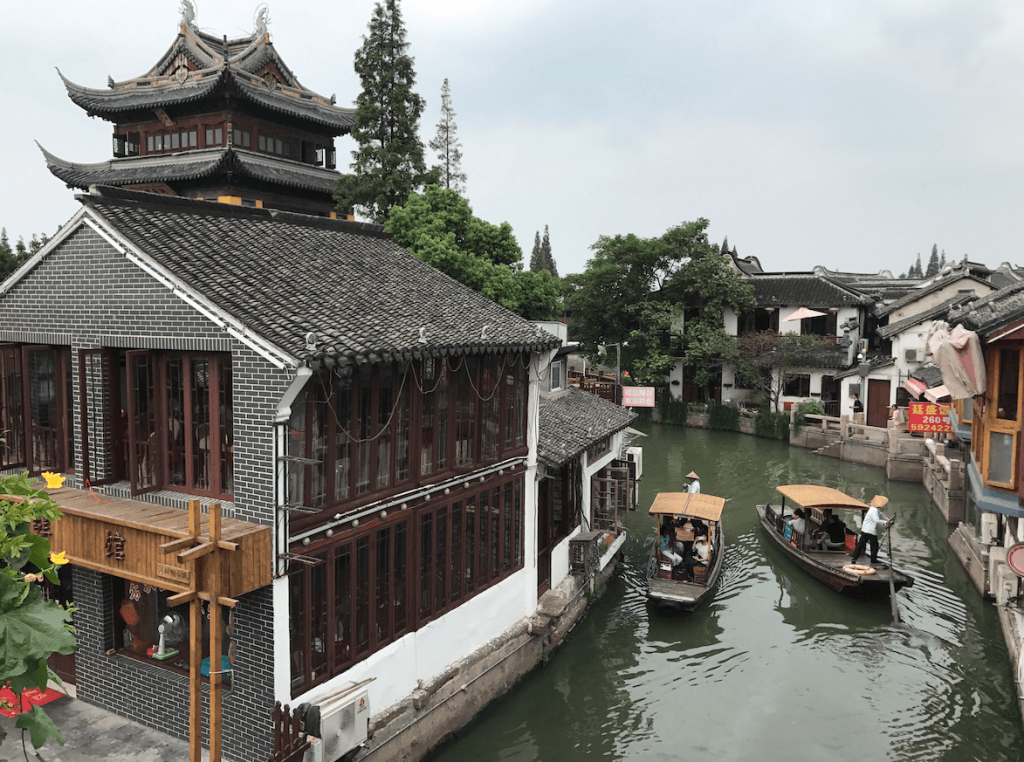The interest started in the Learning Commons where Miss Mango was making some of the children kites.
At lunchtime, the children who had been involved were talking about them. Other children said they wanted a kite too.
We discussed the material the kites were made from, how well they flew and how long they lasted before they broke.
 We decided that the next day, we would ask Miss Mango about using different materials that might be a little stronger.
We decided that the next day, we would ask Miss Mango about using different materials that might be a little stronger.
However, it soon became clear that for the children, at this early stage of settling in, having a kite of their own was their main priority and using the tissue paper and red straws like the others was what they wanted for now.
Choosing the colour of their kite was very important.
Having seen how Miss Mango made the kites for the girls and having had a good look at the process, we felt it was important the children had a go at making for themselves in order to use their fine motor skills and increase their confidence and independence.
Through questioning and encouragement, we were of assistance from the sidelines as the children drew and cut their own shapes, then decided where the straws should go to support the paper. Some children drew designs first, which really helped their thinking process.
Using the tape and dispensers was a real favourite for the children and in most cases, the amount of tape used ensured a stronger kite.
 As the children’s confidence with the making process increased, different shapes began to appear, including butterfly shapes and many unique shapes resulting from independent scissor use!
As the children’s confidence with the making process increased, different shapes began to appear, including butterfly shapes and many unique shapes resulting from independent scissor use!
Everyone who had decided to make a kite had their own exclusive design, a one off, distinctive to their skills, observation and patience!
Wind was not a factor for flying their kites. Running as fast as they could was. Fortunately, their choice of light tissue paper assisted the kites to fly around the Learning Commons and the playground!
As the weeks have gone on, the children still sometimes choose to make kites during Emergent Playtime or when they come in to class before Registration. A photograph of a butterfly kite has been inspirational, as has the story of the Hungry Caterpillar by Eric Carle.
Through their interest in kite making and flying, the children are becoming aware of symmetry and the life-cycle of a butterfly.
We wonder what this will lead to next…?
K4B Co-Teachers – Anna KING & Kiwi CHEN















